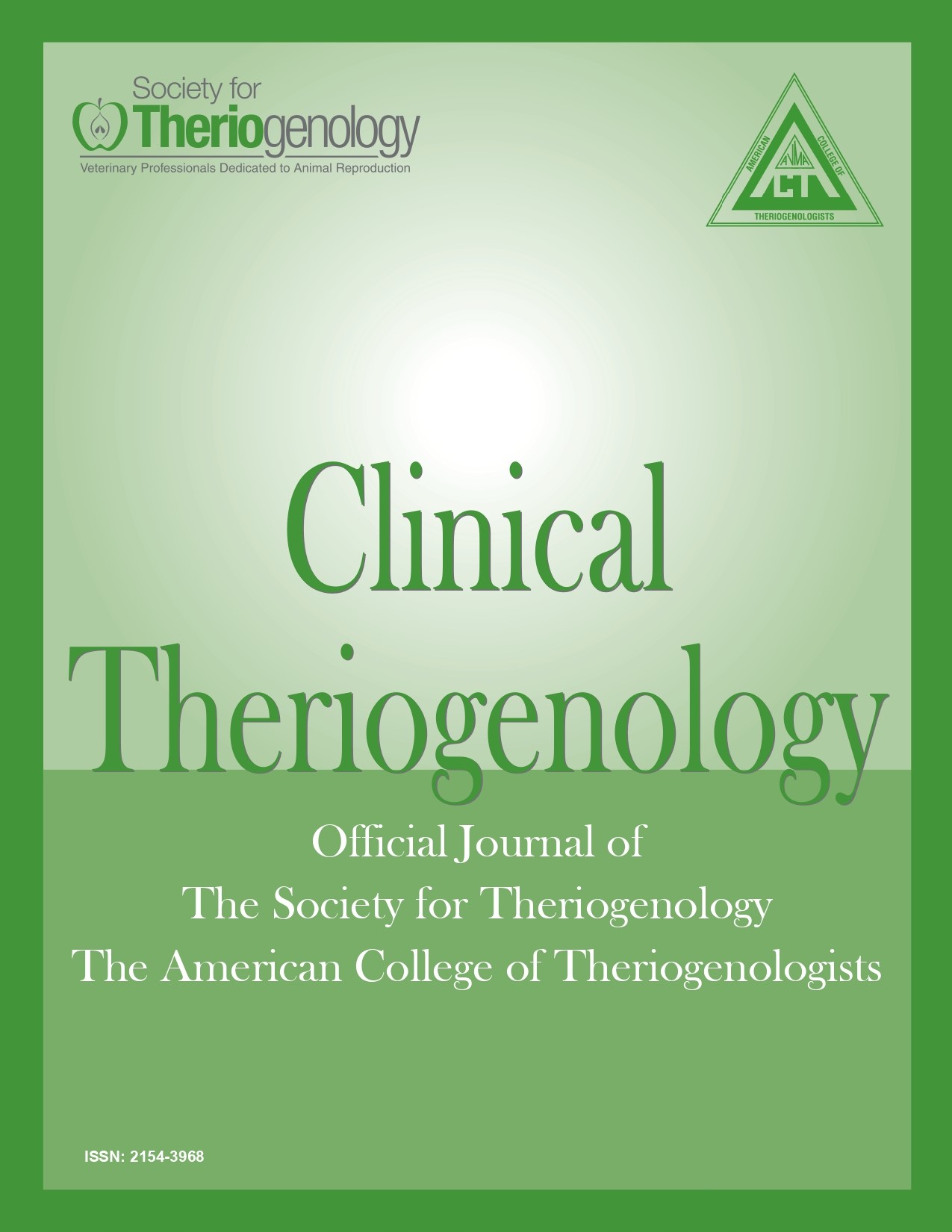Curriculum integration within the context of veterinary education
Abstract
Curriculum integration has been applied across a range of educational levels as a means of attempting to improve learning outcomes, but there is a paucity of information that has defined and explored curriculum integration as it relates to the teaching of veterinary science. A definition of curriculum integration in the teaching of veterinary science is suggested, which places the student as life-long learners at the centre of the educational model. Learning activities are designed to help students see connections among disciplines and topics thus reinforcing their relevance and helping them to apply their knowledge to different contexts. Curriculum integration at James Cook University in the first three years of the program has been promoted through the design of assessment, use of case studies, imaging, palpable anatomy, learning of clinical skills, a research project, animal handling, and a personal professional development program. Advantages and disadvantages of curriculum integration are discussed. Further work is needed to determine if this mode of curriculum design is able to produce veterinary graduates who are better able to meet the challenges of a changing workplace in the 21st century.
Downloads

This work is licensed under a Creative Commons Attribution-NonCommercial 4.0 International License.
Authors retain copyright of their work, with first publication rights granted to Clinical Theriogenology. Read more about copyright and licensing here.





